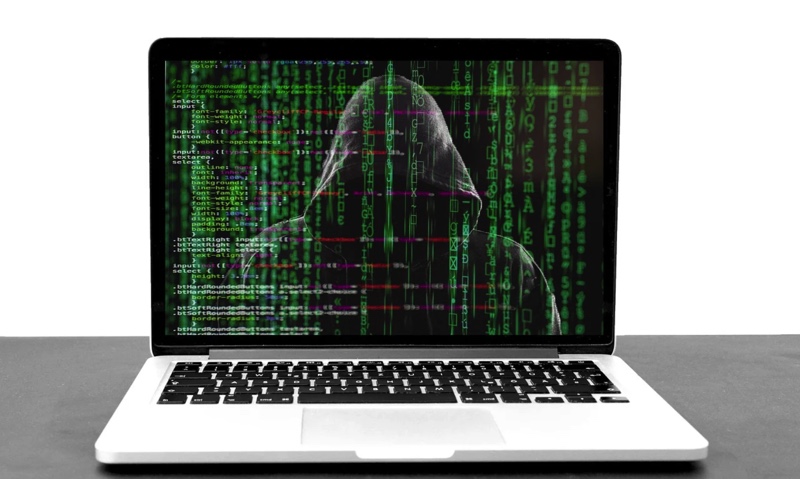
Banking fraud is constantly evolving as conditions change, creating new vulnerabilities for banks and opportunities for fraudsters. Staying abreast of this moving target is essential if banks are to find solutions that can spot and prevent such scams, especially given the effects of the pandemic on the banking fraud landscape.
In its report Fraud in the Wake of Covid-19, published in December 2020, the Association of Certified Fraud Examiners found that 79 percent of respondents had seen rising fraud levels in the final months of 2020. Some 90 percent expect a further increase during 2021. The most serious areas of concern were cyberfraud, including business email compromise, where 85 percent of respondents reported an increase, and payment frauds, where 72 percent saw an increase.
Our review of Top Banking Fraud Types to Watch in 2021 highlights the common methods criminals use to defraud banks and their customers – something everyone should know about going forward. We classify the different types of frauds according to whether the payment is initiated by unauthorized or authorized parties. In our view this is the most relevant classification system to use, since this distinction directly affects the level of liability that banks face.
We also present recent case studies for the different fraud types, based on cases that have been detected and prevented by NetGuardians software in deployments with banks around
the world.
Award-winning Swiss FinTech NetGuardians, renowned for its enterprise risk platform for combatting bank fraud, today announced it has successfully completed its second joint research project – funded by InnoSuisse, the Swiss Innovation Agency – with the School of Engineering and Management (HEIG-VD) into automated feedback loops in active algorithms to further improve banking fraud detection.
This research project, which began in July 2019, was a collaboration between NetGuardians and a team in statistical learning at the Institute for Information and Communication Technologies (IICT), based at HEIG-VD. The goal was to improve the feedback loop mechanisms of the NetGuardians fraud-detection solution by applying active learning strategies. These strategies aim to reduce the amount of manual supervision and intervention needed by a bank in its fraud prevention activities. Unsupervised deep-learning algorithms such as autoencoders were part of the research.
Active learning consists of periodically improving the performance of a machine learning model by adding smart querying labels – fraudulent or genuine – for specific transactions that were previously unlabeled. When integrated into the current NetGuardians workflow, the research showed an improvement in fraud detection of 15 percent without any increase in the feedback effort of the bank.
Autoencoders detect anomalies by reconstructing the input data after passing it through an encoder/decoder and comparing it against the original data. The unsupervised nature of autoencoders makes them particularly well-suited for fraud detection in the banking context where the number of frauds available for training is extremely low. Integrating the advanced forms of autoencoders developed throughout the research project allowed the solution to detect up to 10 percent more frauds without increasing the number of false alerts.
Jérôme Bovay, NetGuardians’ Senior Data Scientist, who managed the project, says: “An active learning set-up allows us to efficiently use the feedback we receive from banks to improve the performance of our training approach. The autoencoders are an effective and unsupervised way to reduce false alerts and increase the accuracy of fraud detection. Both will be incorporated into NetGuardians software this year.”
Professor Stephan Robert from HEIG-VD says: “At the Universities of Applied Sciences, we conduct both fundamental and highly applied research. With NetGuardians, we developed important new autoencoders and have the opportunity to publish innovative research papers and create prototypes that will be implemented in very high added-value products. Doing academic and applied research is a difficult balance to achieve but very rewarding.”
NetGuardians has a growing client base around the world, including in Europe, Africa, the Middle East, and Asia.
It was listed as a Category Leader in the Chartis 2021 Enterprise Fraud Report and as one of the top vendors in Gartner’s 2020 Online Fraud Detection Market Guide.
Source: NetGuardians, June 9, 2021
